By the time we were resting in the walled garden of Blair Castle, sipping herb-infused tea and nibbling on dock-leaf dolmades, the two and a half hour foraging tour had passed in a delicious blur of plant lore and sensory surprises.
What began as a simple curiosity about nature blossomed into an immersive journey into the deep, often forgotten relationship between people and plants – led by the insightful Tamara Colchester of Plant Listening.
Tamara is no ordinary forager. She’s an ethnobotanical researcher and the founder of Plant Listening, a not-for-profit organisation dedicated to reconnecting people with nature.
Her approach combines gentle mindfulness with deep ecological knowledge – a perfect antidote to modern disconnection.
Foraging for connection
I’ve always loved walking in woods and along beaches, but have often felt a lingering sense of disconnection. I wanted to feel part of nature, not just an observer.
That’s why I joined the foraging tour at Blair Castle with my daughter, Lily, eager for both of us to deepen our relationship with the natural world.
Tamara began by asking us to look up – wide, towards the branches of a nearby tree – and then down, close, at the grass beneath our feet. What appeared to be a lawn revealed a mosaic of miniature ecosystems: tiny ferns, bright dandelions, edible daisies.
What do daisies taste like?
To Lily’s delight, our first taste of the wild came from a daisy petal – delicate, grassy, and surprisingly pleasant.
Moving on, we explored the many gifts of the pine tree. Between April and June, their pollen can be collected and eaten – Tamara offered us a taste, sweet and juicy.
Pine pollen is said to naturally boost testosterone levels, something that can be especially beneficial for those navigating midlife hormone shifts.
In colder regions, even the inner bark of pine has historically been eaten for protein. She also pointed out the antibacterial properties of the pine flower – another ancient remedy once used by our ancestors.
Cure your gout
The forest revealed even more hidden gems. We tasted wild garlic carpeting the woodland floor, though Lily wrinkled her nose at its pungency. Bishop’s weed – also called goutweed – tasted like parsley and, as its name suggests, has long been used to treat gout.
We were warned off the toxic dog’s mercury, but encouraged to rethink ‘weeds’ like sticky willy (cleavers), which Tamara said can support the lymphatic system when left overnight in water and sipped as a cold infusion.
Then came the humble nettle – infamous for its sting, but packed with nutrients. Used for soup, tea, and even to reduce inflammation and support hormone balance, it’s a powerhouse plant.
Nettle stings can also heal
Tamara told us that some foragers even deliberately brush nettles onto arthritic joints to stimulate healing. When Lily inevitably stung herself, I reached instinctively for a dock leaf – but Tamara showed us a better remedy.
She showed us how to squeeze the gooey inner sheath from a dock root and apply it to the sting. We found it worked better than the usual rub with a scrunched up leaf we’ve done since childhood.
We learned that wild greens, or “bitters,” like those foraged in Italy and other places for soup, grow abundantly here too – sorrel, nettles, and even the lesser celandine with its starchy little bulbs.
Tamara explained how our ancestors relied on these as sources of carbohydrates long before the potato arrived in Europe.
Wild strawberries whiten teeth
In a shady glade, we discovered wild strawberries just beginning to grow. Were were told their fruit can whiten teeth and help with skin problems, while their leaves are good for upset stomachs and gum health.
Tamara reminded us that the simple act of chewing – and mixing plants with saliva – activates their healing properties.
Listening to the language of trees
Later, by St Bride’s Churchyard, we listened to the birch trees. Their tiny, fluttering leaves create a soft, tinkling sound as the wind passes through – a “tree language” Tamara encourages us to hear.
Each species has its own voice, a different rhythm of rustling. The birch, she explained, is a nursing tree: it provides shade for younger saplings, balances soil pH, and nurtures medicinal mushrooms at its base.
Rowan trees offer protection
We also learned about the mystical Rowan tree – often planted next to homes for protection, and believed to ward off disease and evil. I have one growing by my front door, and now I view it in a new light.
The lime tree, too, stood out. Its low-hanging, soft leaves are sweet and easy to forage. Lime blossom tea soothes the nervous system, while its bark can be used to reduce fevers. A generous tree, that offers nourishment both physically and emotionally.
Yarrow, another medicinal marvel, has antiseptic properties and can stop bleeding. You can chew it into a poultice for nosebleeds – handy to know if you have young children.
We then tried some sorrel which, with its lemony tang makes a perfect pesto. Its own acidic power creates little burn-like holes in its leaves – not from insects, but from the plant itself. The same thing happens to dock leaves – I’d always thought those holes were made by insects.
Near the end of our walk, we passed the flowering currant tree, its scent sweet and flavour rich – apparently ideal for making sorbet.
Natural pain relief
In the walled garden, someone spotted a sumac tree with its reddish buds used to make an exotic spice. And we crushed some meadow sweet to inhale its cucumber-like aroma. Used to flavour beer and gin, it also works like aspirin for mild pain relief.
At last, in a tiny museum space beside the garden, we were treated to wild food cakes, herbal tea infused with sweet cicely, and fragrant biscuits.
Everything was gluten-free, some vegan, and full of flavour and nourishment – proof that the wild has much to offer for free.
As the Piper played from Blair Castle and the sun filtered through the trees, I realised Tamara’s gentle, knowledgeable guidance offered more than facts.
It was a reminder of the wisdom in nature and the healing we can find when we pause, listen, and taste the wild world around us.
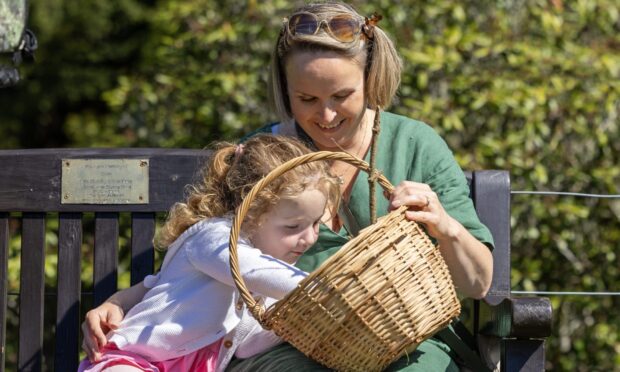
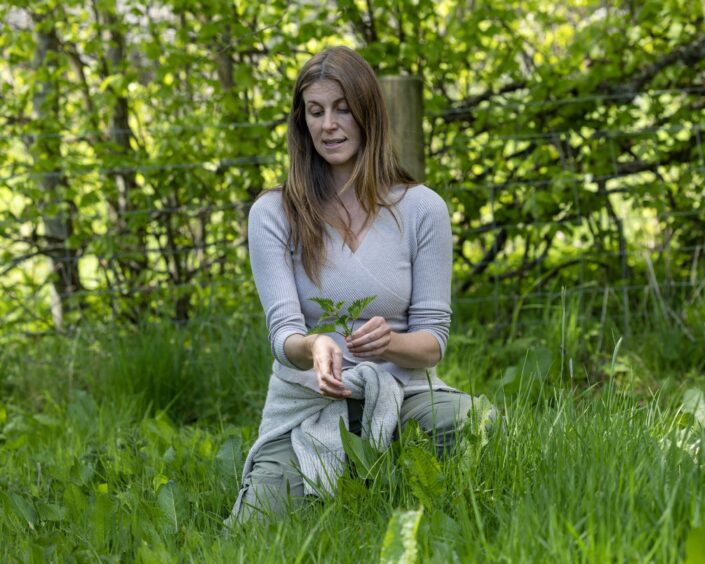
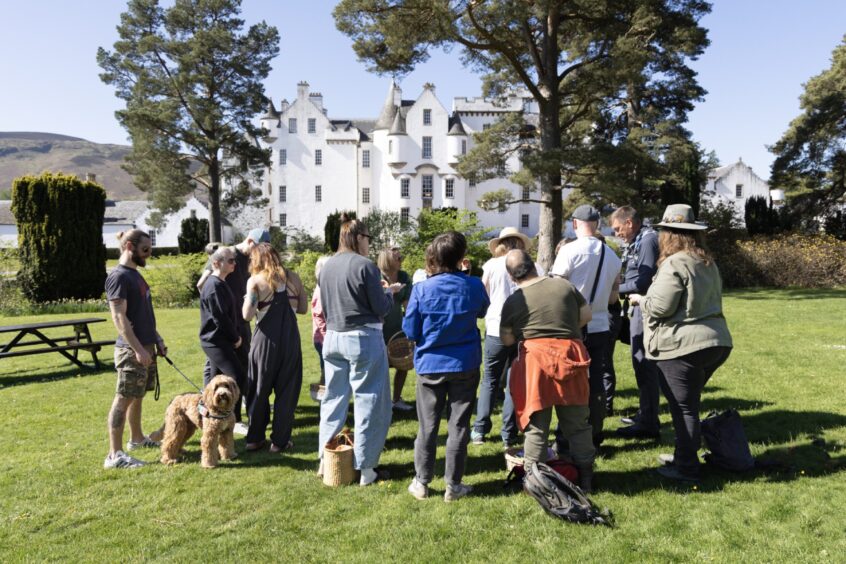
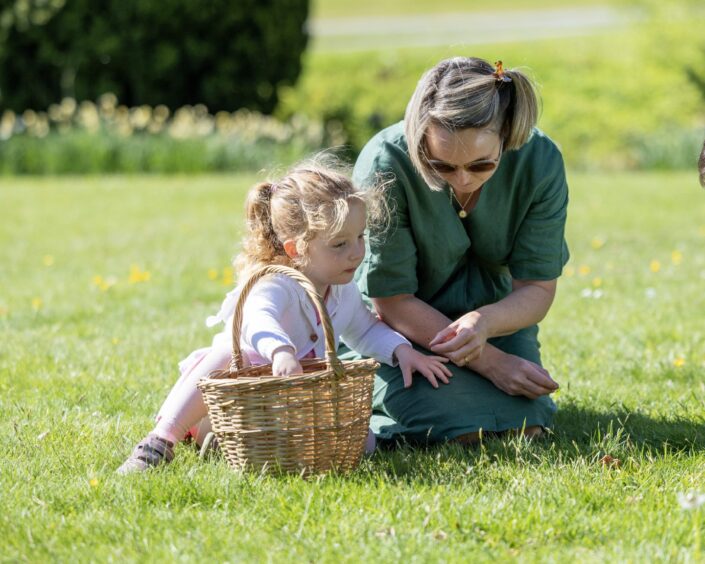
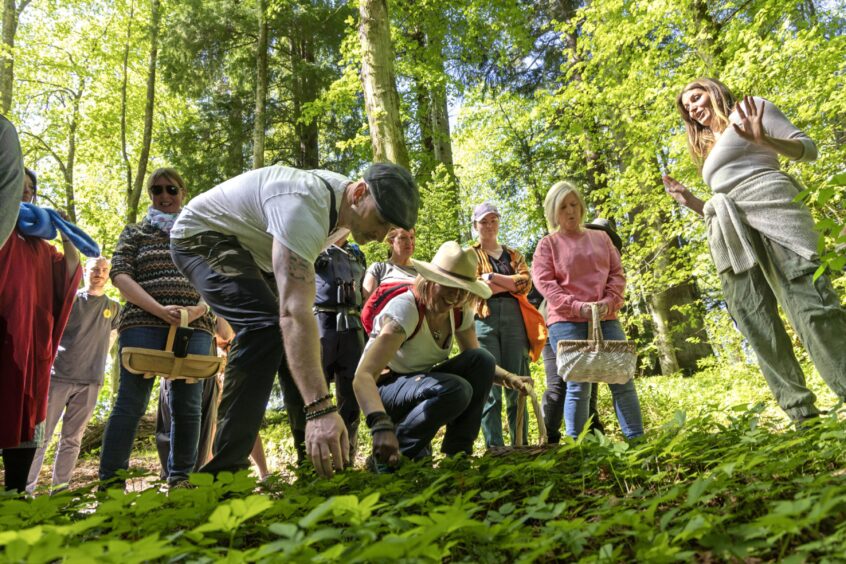
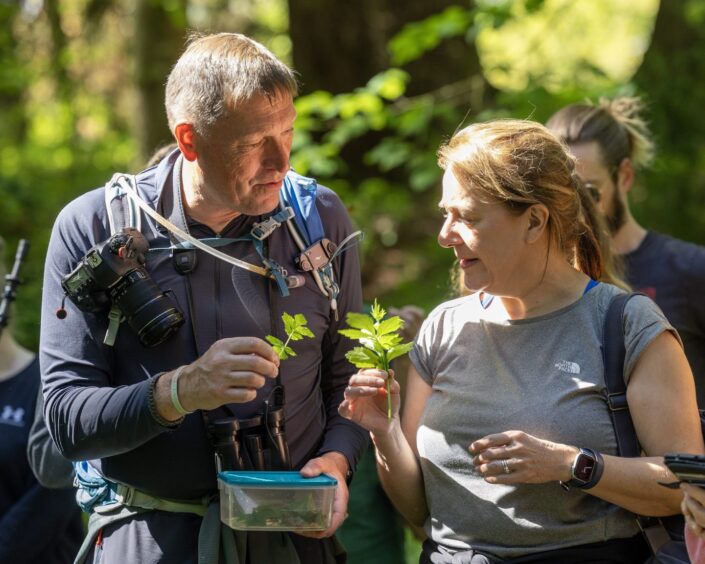
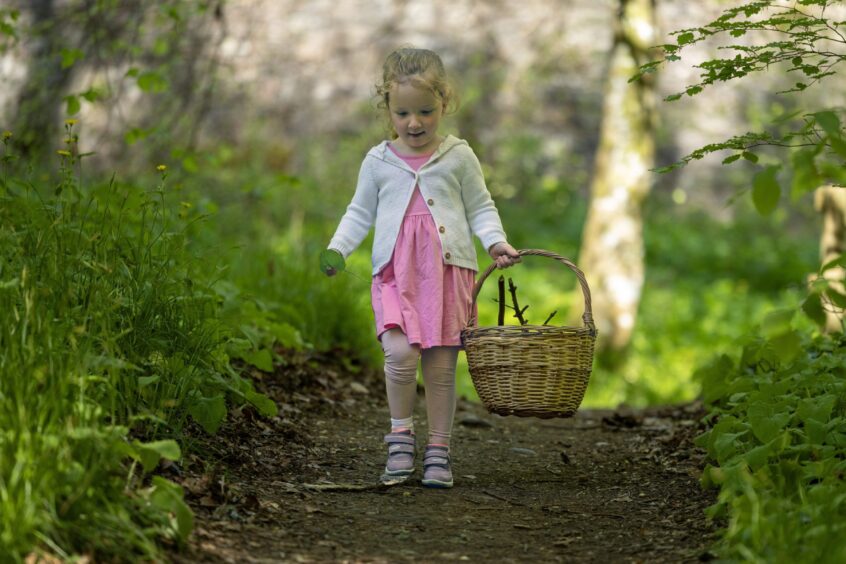
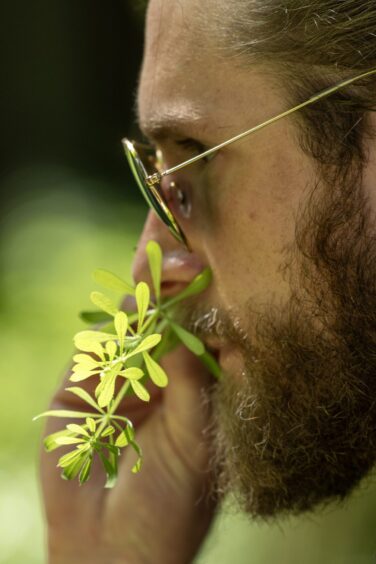
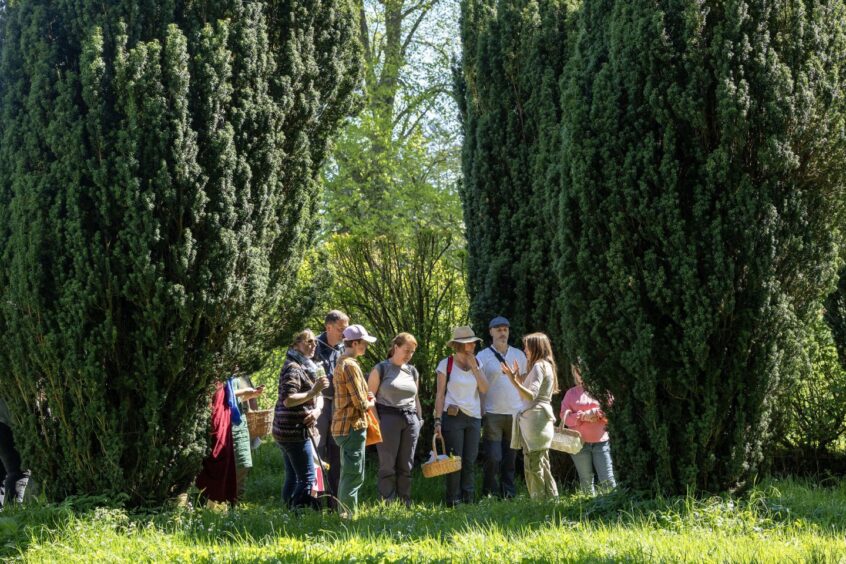
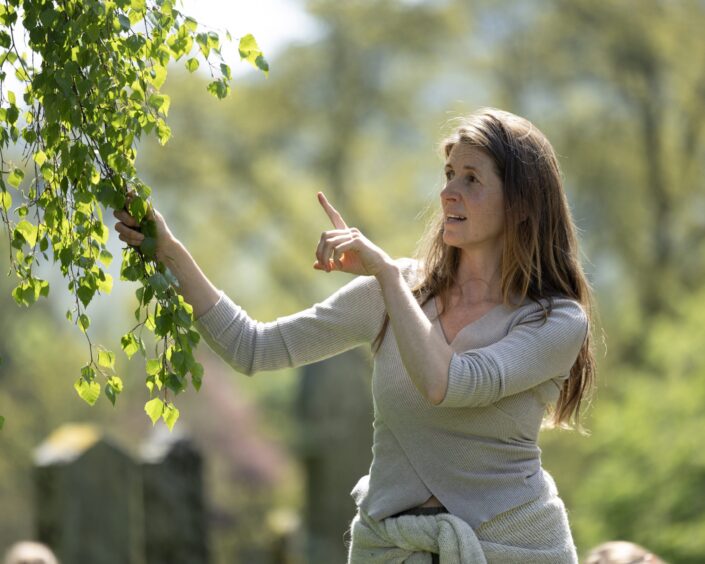
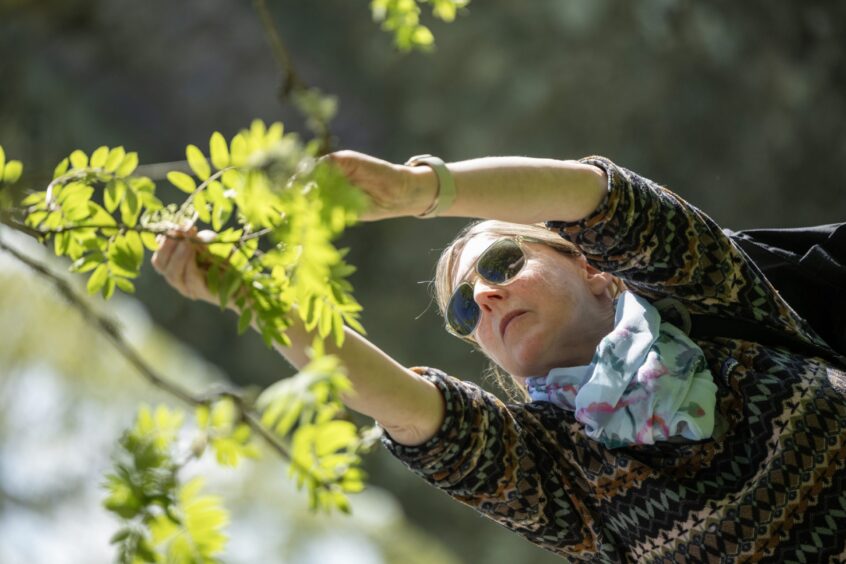
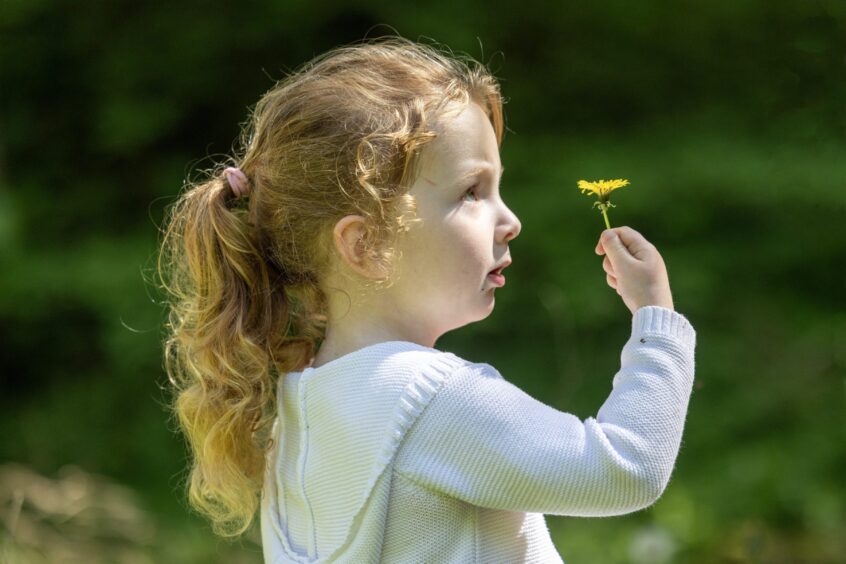
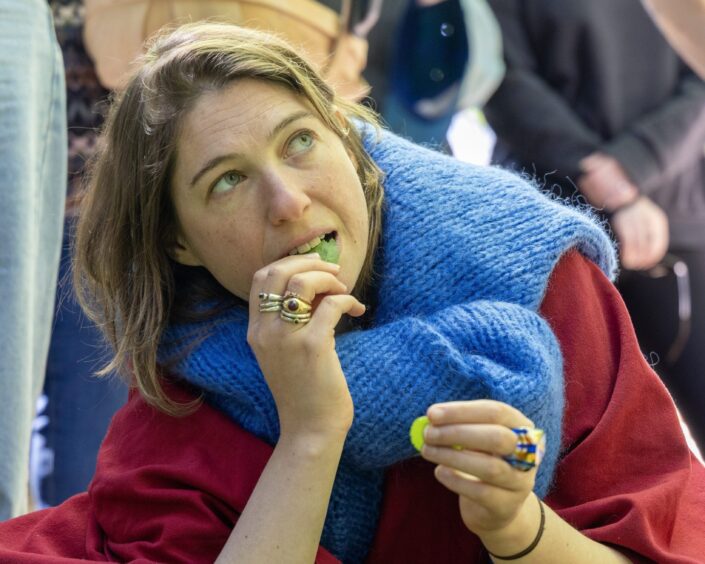
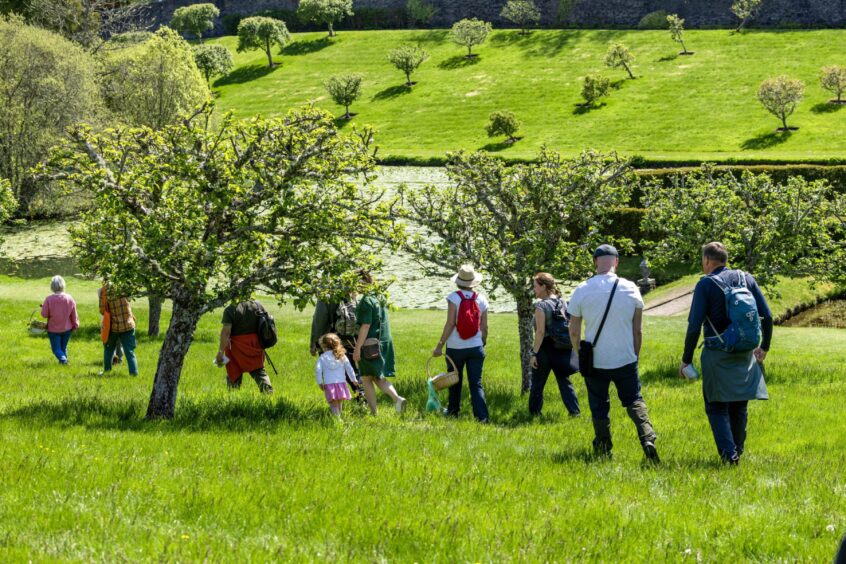
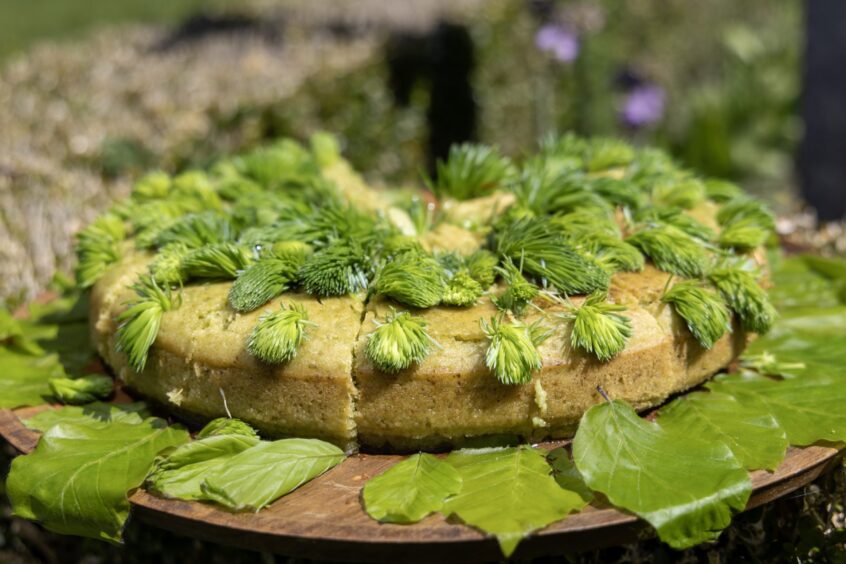
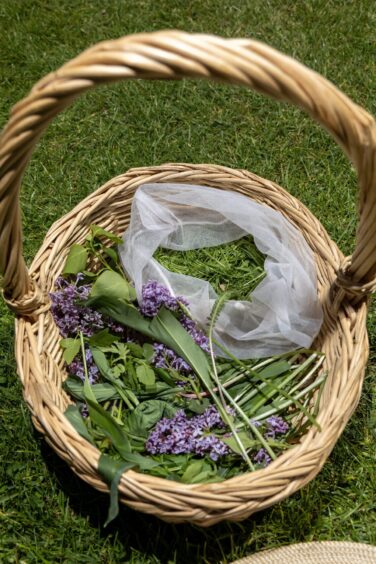
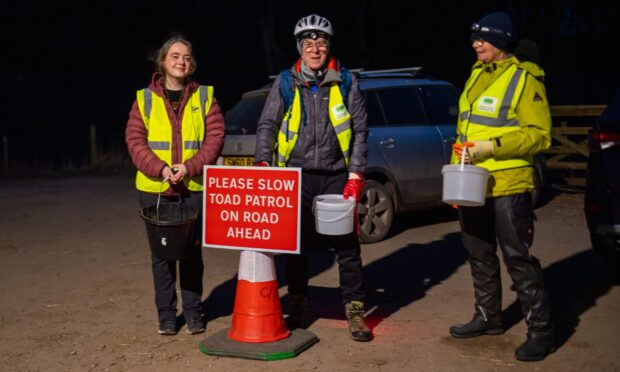
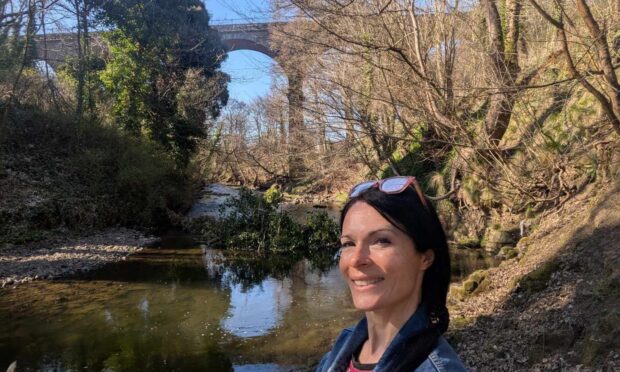
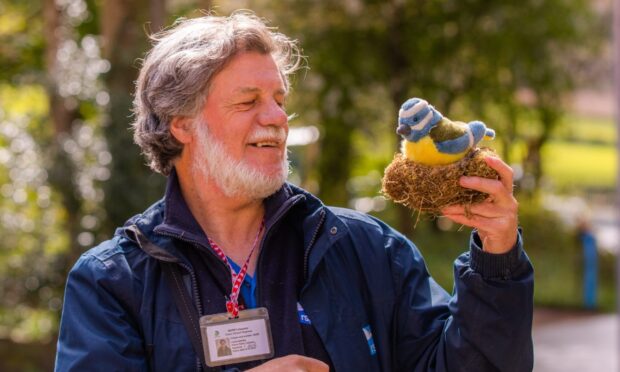
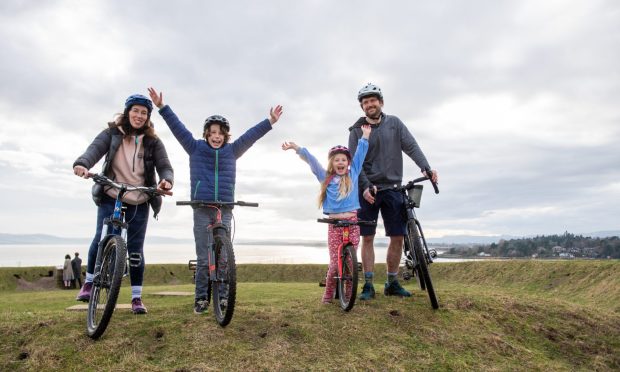

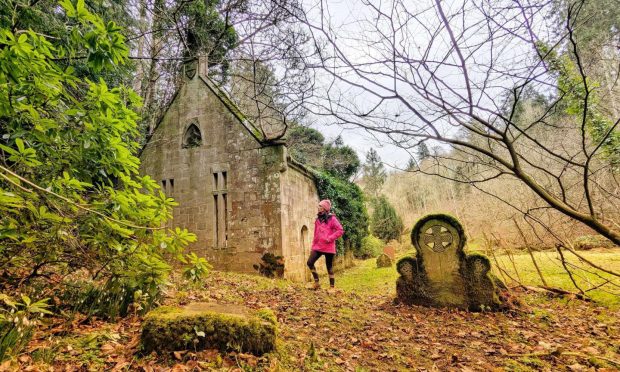
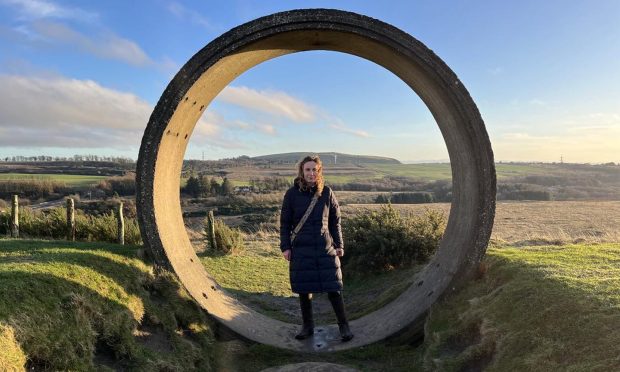

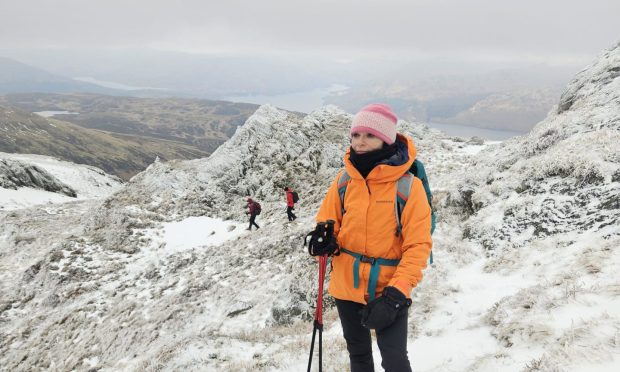

Conversation